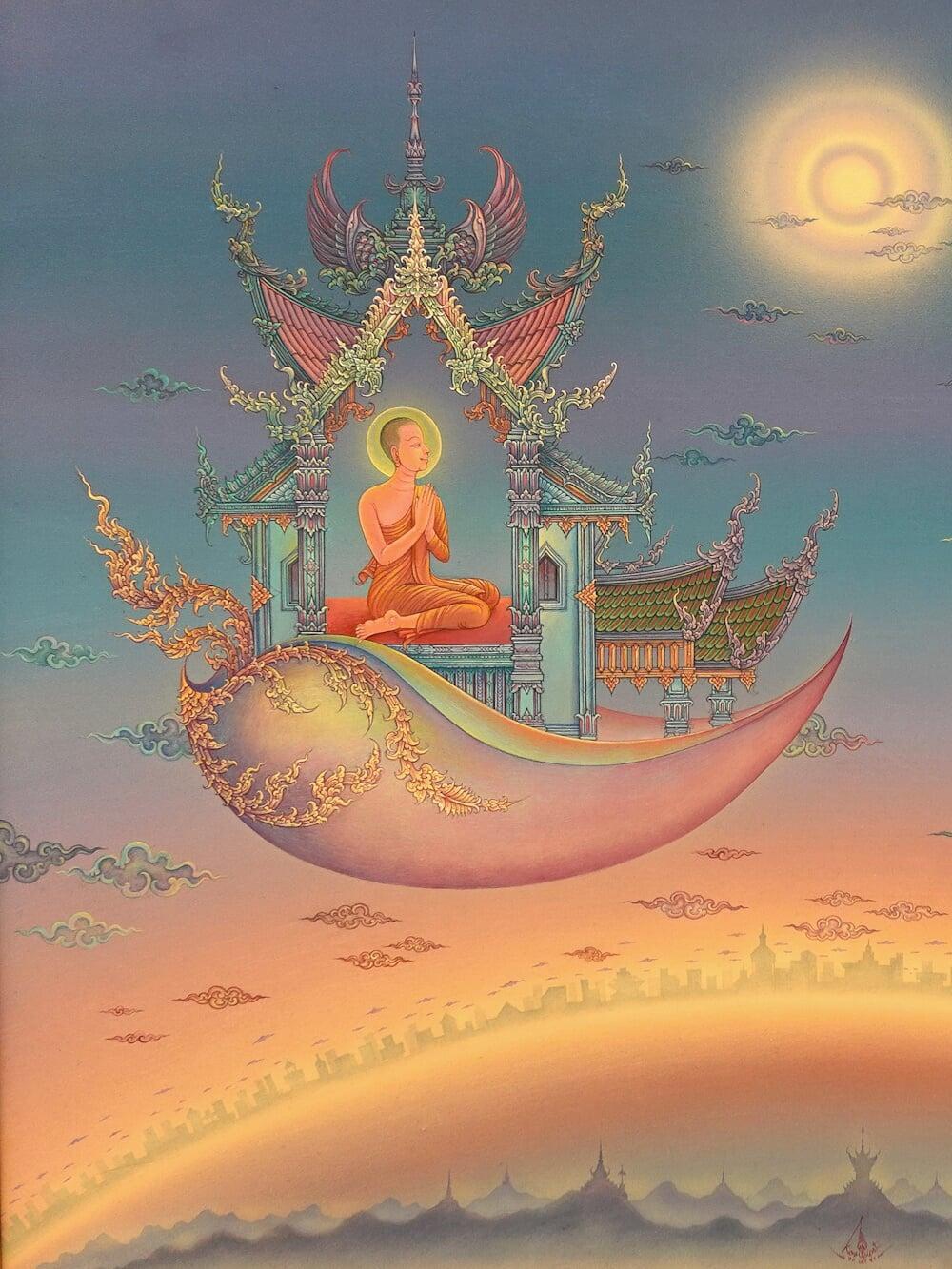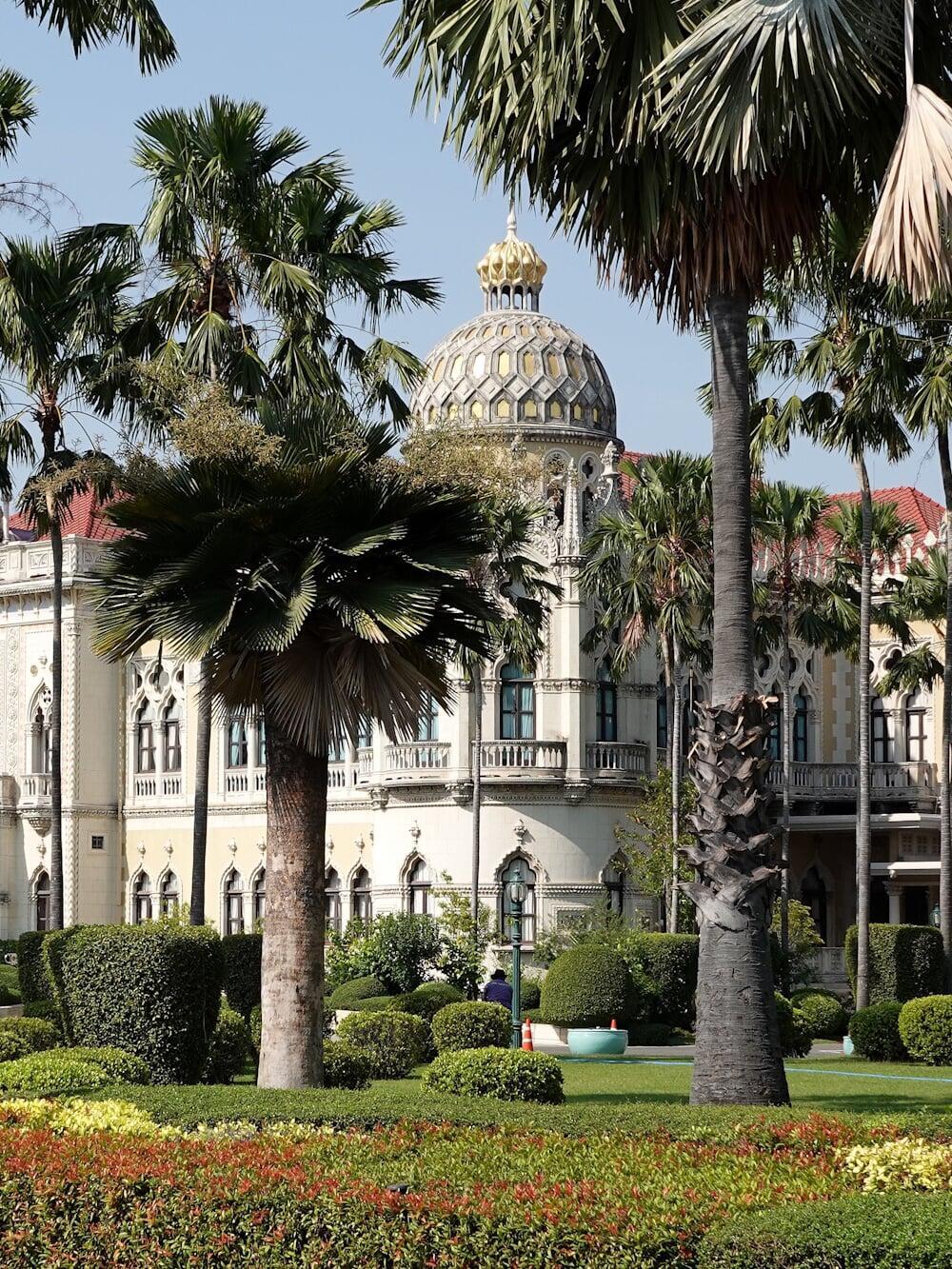
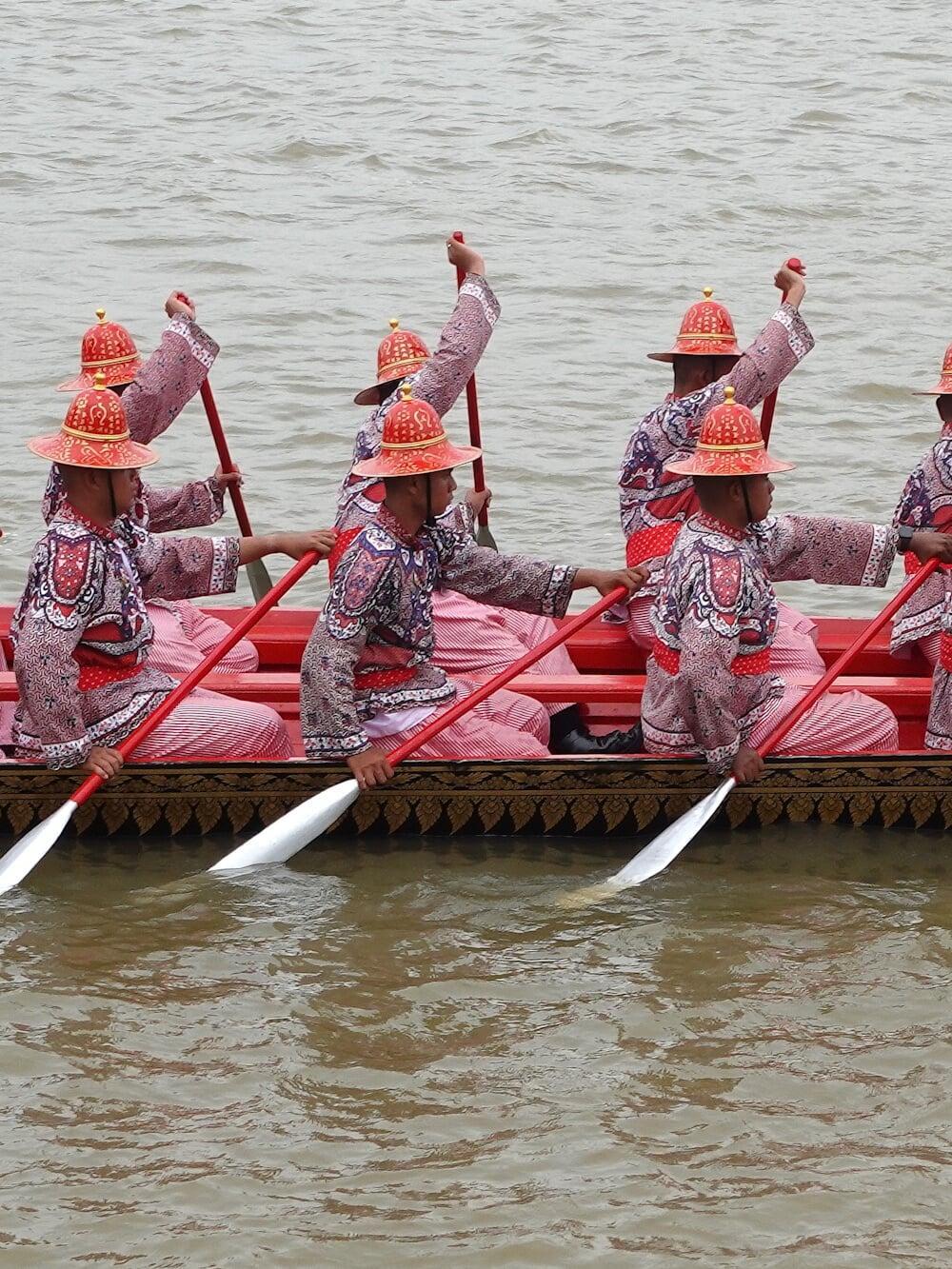
Three periods of Rattanakosin (from Rama I to Rama VII)
This lecture narrates the Rattanakosin era, which began in 1782 under King Rama I, marks the foundation of Bangkok as the capital of Thailand. This initial period saw the establishment of the Grand Palace and Wat Phra Kaew, symbolising political and spiritual unity. The second period, spanning the reigns of King Rama IV to Rama V, embraced modernisation, with King Rama V abolishing slavery and initiating major infrastructural reforms. The final period, under Kings Rama VI and VII, witnessed the transition to a constitutional monarchy in 1932. Each era reflects Thailand’s dynamic journey through cultural preservation, modernisation, and political evolution, offering a compelling narrative of resilience and transformation.
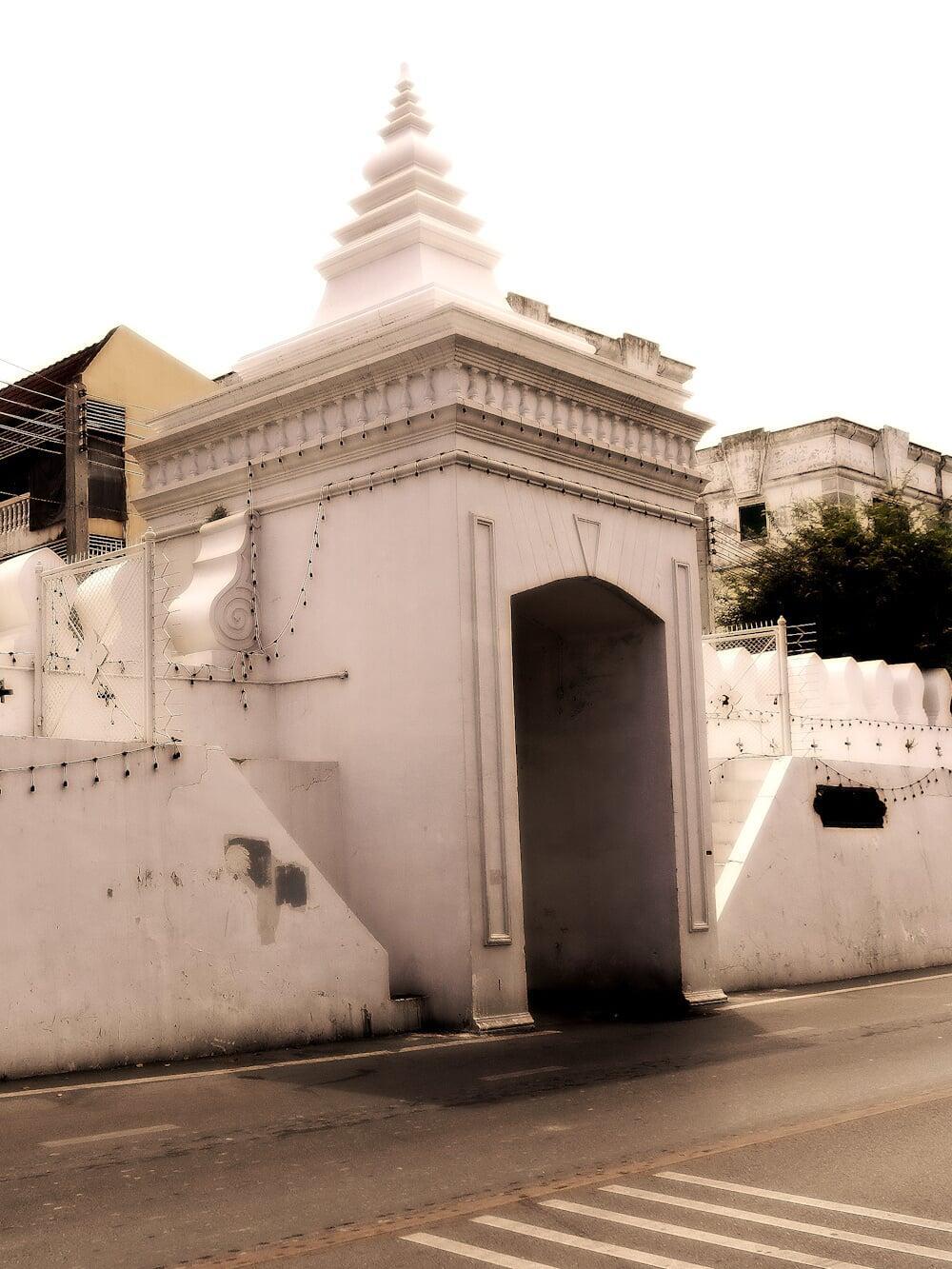
Defensive infrastructures of Rattanakosin
This lecture explores how and why Rattanakosin was strategically designed and built as a strong defensive system to safeguard the kingdom from hostile armies. Constructed during the reign of King Rama I in 1782, the system comprised formidable walls, moats, and canals. These fortifications not only protected the city from external threats but also embodied the monarchy’s vision of sovereignty and security. The walls, constructed from teak, laterite, and bricks brought from Ayutthaya, enclosed royal palaces and temples, reflecting a blend of Thai and Western architectural influences. Today, remnants such as the Phadung Krung Kasem Canal, Khlong Rok Krung, Khu Mueang Doem (the old city moat), and forts including Phra Sumen, Mahakan, Wichai Prasit, and Pong Patchamit offer glimpses into a rich heritage of defensive ingenuity, sparking curiosity among historians and visitors alike.
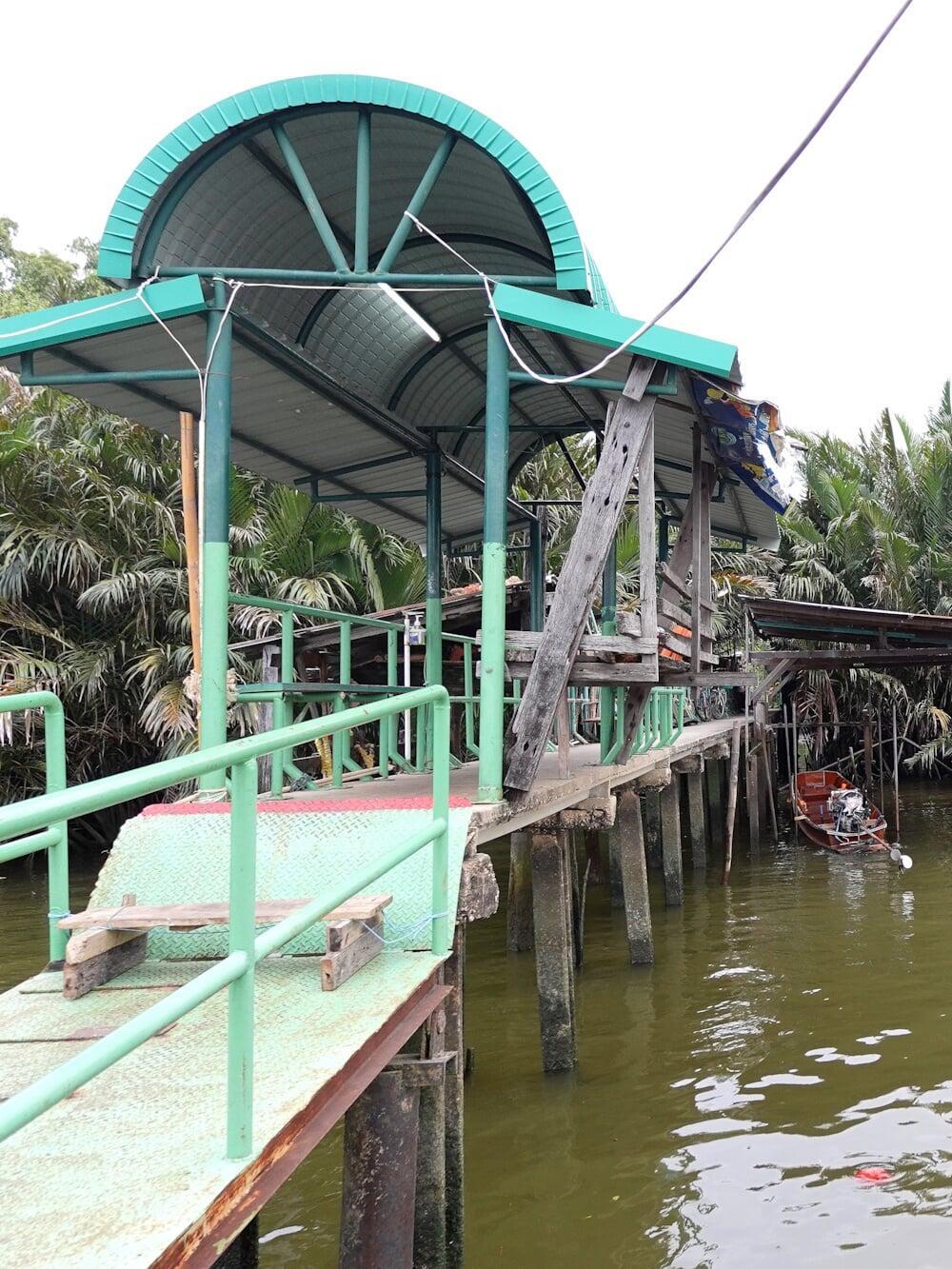
Forward position named Bang Krachao
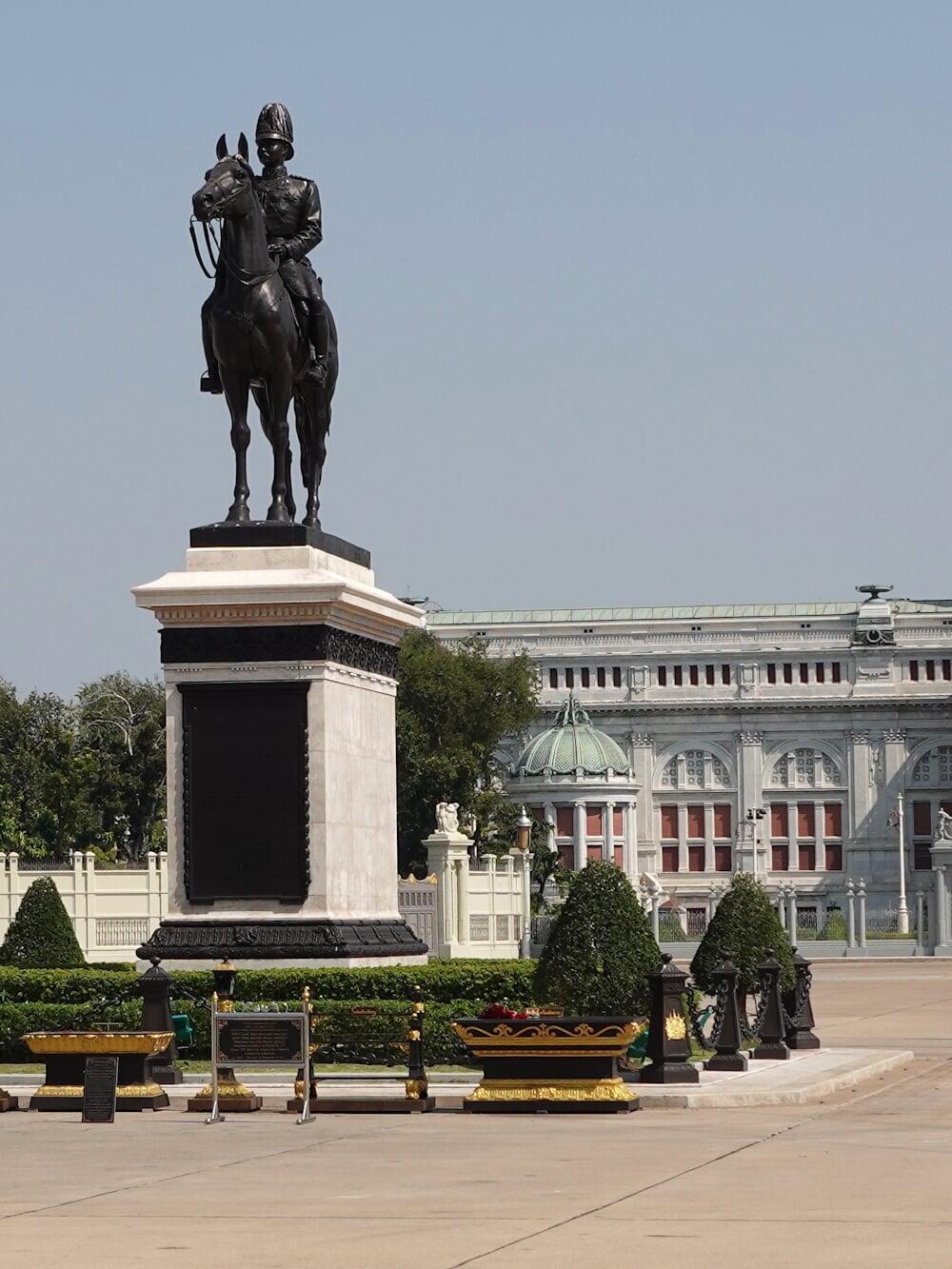
Evolution of Rattanakosin-style to Italian influence, and post-modern
